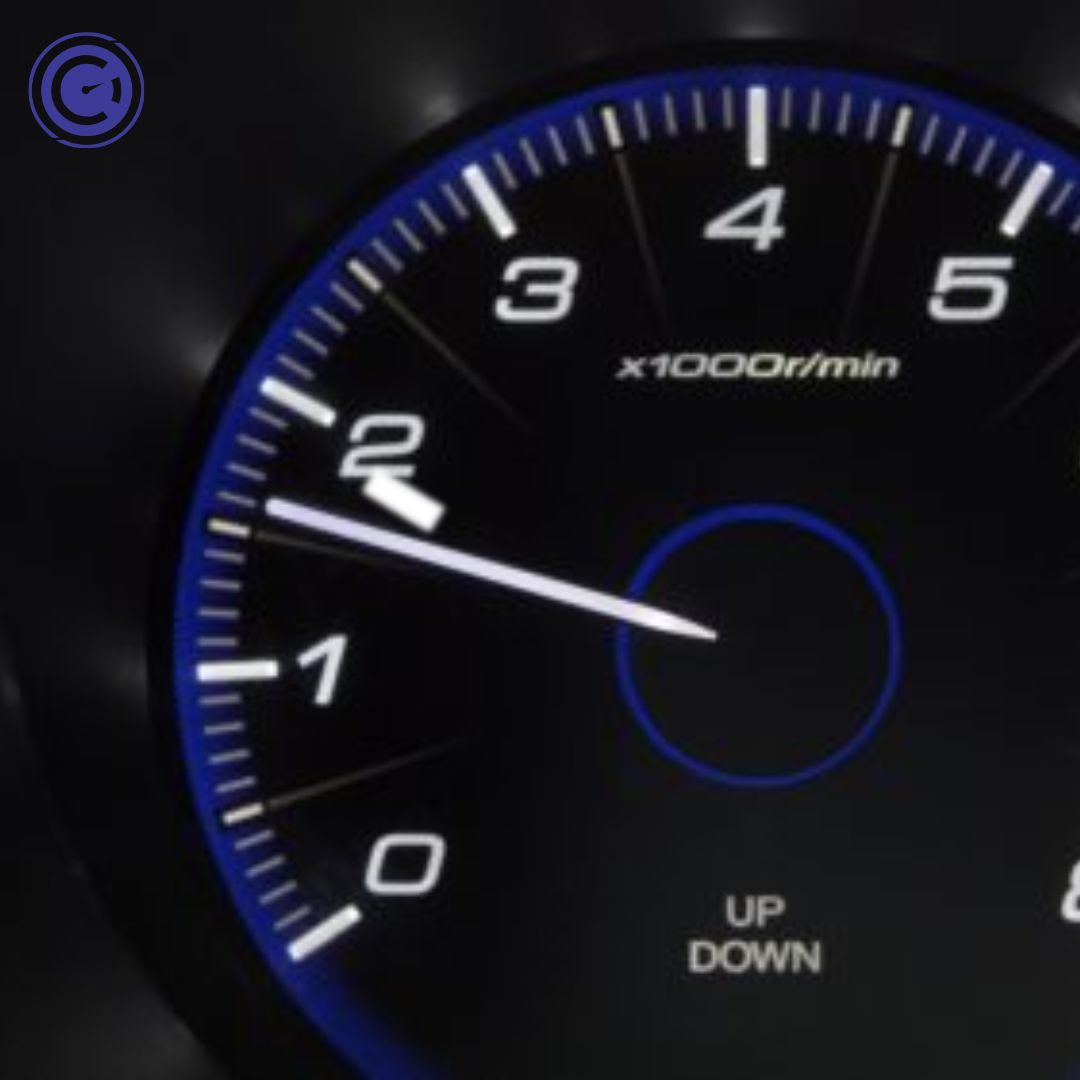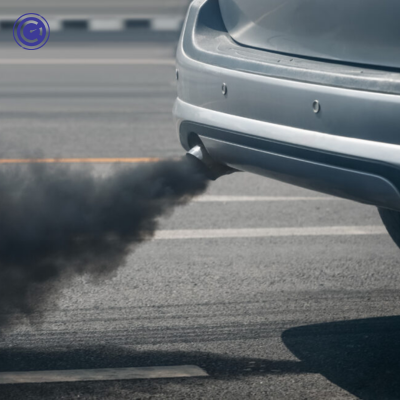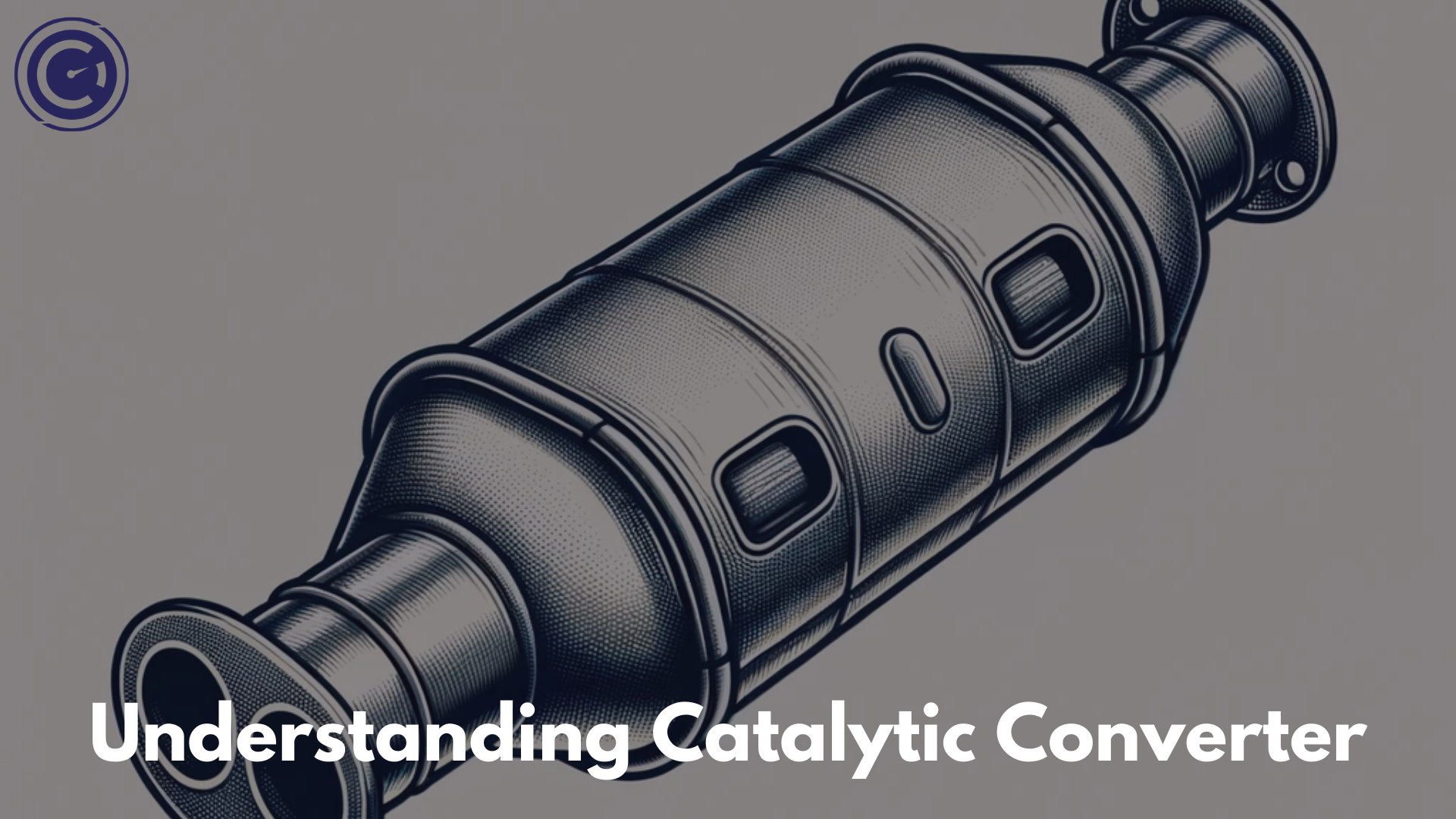The catalytic converter is a crucial part of your car’s exhaust system, playing a vital role in reducing harmful emissions and ensuring environmental compliance. Often overlooked in regular car maintenance, this component is essential for both vehicle performance and ecological responsibility. This blog aims to shed light on what catalytic converters are, their maintenance, and how to diagnose issues that may arise.
Table of Contents
What is a Catalytic Converter?

In the world of automobiles, the catalytic converter plays a crucial role in reducing harmful emissions, making it a key component of the modern vehicle’s exhaust system. Understanding its function and importance is essential for every car owner.
Function and Role in Emission Control

A catalytic converter is an emission control device located within the exhaust system of a vehicle. Its primary function is to convert harmful pollutants found in the exhaust gases into less harmful substances before they are released into the atmosphere.
How it Works
- Chemical Reaction: The catalytic converter facilitates a chemical reaction that transforms harmful emissions (such as hydrocarbons, carbon monoxide, and nitrogen oxides) into less toxic substances like carbon dioxide, nitrogen, and water vapor.
- Catalysts Used: This conversion is made possible by catalysts, typically platinum, palladium, and rhodium, which are coated on a ceramic honeycomb or a metallic substrate within the converter.
Types of Catalytic Converters
There are several types of catalytic converters, each designed to meet specific vehicle and emission requirements:
- Two-Way Converters: Mostly used on gasoline engines in older vehicles, they convert carbon monoxide to carbon dioxide and hydrocarbons to water and carbon dioxide.
- Three-Way Converters: Common in modern gasoline engines, these converters additionally reduce nitrogen oxides to nitrogen and oxygen.
Location in the Vehicle
The catalytic converter is typically located between the engine and the muffler in the exhaust system. Its placement is strategic to ensure it receives hot gases directly from the engine, which is necessary for the catalytic reactions to occur efficiently.
The Importance of Catalytic Converter Maintenance
Maintaining your vehicle’s catalytic converter is crucial, not only for the health and efficiency of your car but also for environmental protection. A well-functioning catalytic converter ensures that your vehicle meets emission standards and operates at optimal performance. Let’s delve into why catalytic converter maintenance is so important and what it entails.
Key Role in Vehicle Performance
The catalytic converter plays a vital role in reducing exhaust emissions. It directly impacts the vehicle’s overall performance and efficiency.
Reducing Emissions
- Environmental Compliance: Regular maintenance ensures that the converter efficiently reduces toxic gases, helping your vehicle comply with environmental regulations.
- Preventing Pollution: A well-maintained catalytic converter is essential in reducing the vehicle’s environmental footprint by minimizing harmful emissions.
Enhancing Engine Performance
- Avoiding Clogging: Over time, catalytic converters can become clogged with debris, which can restrict exhaust flow. This can lead to reduced engine performance and fuel efficiency.
- Preventing Damage: A malfunctioning catalytic converter can cause exhaust gases to back up into the engine, leading to increased wear and tear or even significant damage.
Maintenance Procedures
Regular check-ups and maintenance of the catalytic converter are necessary to ensure it remains in good working condition.
Inspection and Cleaning
- Visual Checks: Regular inspections for any visible signs of damage, such as rust or holes, can help catch issues early.
- Cleaning: While catalytic converters are generally self-cleaning, using appropriate fuel additives can help maintain their efficiency and prevent buildup.
Professional Servicing
- Diagnostic Tests: Professional mechanics can perform diagnostic tests to assess the functionality of the catalytic converter and identify any issues.
- Expert Repairs: If problems are detected, it’s crucial to have repairs carried out by a professional to ensure the converter functions correctly and efficiently.
Recommended Maintenance Intervals
While the maintenance needs can vary based on the vehicle model and usage, it’s generally advised to have your catalytic converter checked:
- During Regular Service: Include a check of the catalytic converter during your regular vehicle servicing intervals.
- At the First Sign of Trouble: If you notice symptoms of a failing converter, such as reduced performance or unusual noises, get it checked immediately.
Signs of a Bad Catalytic Converter
A well-functioning catalytic converter is crucial for the efficiency and environmental friendliness of your vehicle. However, like any car component, it can wear out or become damaged over time. Recognizing the signs of a failing catalytic converter is key to addressing problems before they escalate. Here are common symptoms that indicate your catalytic converter may be in trouble:
Reduced Engine Performance

- Loss of Power: If you notice your vehicle is not accelerating as quickly as usual or feels sluggish, it could be a sign that your catalytic converter is clogged, restricting exhaust flow and thereby reducing engine performance.
- Stalling or Difficulty Starting: A blocked catalytic converter can cause the engine to stall or make it hard to start, as exhaust gases back up into the engine.
Increased Fuel Consumption
- Poor Fuel Efficiency: A malfunctioning catalytic converter can lead to a decrease in fuel efficiency as the engine struggles to perform optimally under restricted exhaust flow conditions.
Unusual Sounds
- Rattling Noise: A common sign of a failing catalytic converter is a rattling sound, which may indicate that the internal honeycomb structure is breaking down.
Check Engine Light
- Illuminated Dashboard Indicator: Modern vehicles are equipped with sensors that monitor the efficiency of the catalytic converter. If the converter is not functioning properly, it can trigger the check engine light.
Exhaust Emission Issues

- Increased Emissions: A failing catalytic converter will not effectively reduce the harmful emissions from your car, leading to higher levels of pollutants being released.
- Sulfur or Rotten Egg Smell: If you notice a smell similar to rotten eggs coming from the exhaust, it could be a sign that the catalytic converter is not properly processing hydrogen sulfide in the exhaust gases.
Overheating
- Excessive Heat from Under the Vehicle: A clogged or damaged catalytic converter can cause excessive heat buildup in the exhaust system.
Preventative Measures and Care Tips
To prevent damage to your catalytic converter:
- Use the Right Fuel: Always use the correct type of fuel for your vehicle as recommended by the manufacturer.
- Avoid Engine Misfires: Regular maintenance can prevent engine misfires, which can damage the catalytic converter.
- Regular Check-Ups: Include the catalytic converter in your regular vehicle maintenance checks.
How to Diagnose Catalytic Converter Issues
Diagnosing issues with your vehicle’s catalytic converter is an important aspect of car maintenance, as it directly affects the car’s performance and emission levels. Here’s a guide to help you identify potential problems with your catalytic converter and decide when professional assistance is needed.
Visual Inspection
Start with a simple visual check:
- Physical Damage: Look for any visible signs of damage to the converter, such as dents, rust, or holes.
- Exhaust System Color Changes: Discoloration or signs of overheating in the exhaust system can indicate issues.
Listen for Unusual Noises
A failing catalytic converter may produce distinct sounds:
- Rattling Noises: A rattling sound when starting the vehicle or during acceleration can suggest a broken or deteriorating internal structure.
Check Engine Light and OBD-II Scanner
Modern vehicles are equipped with sensors that trigger the check engine light for various issues, including catalytic converter problems:
- OBD-II Codes: Use an On-Board Diagnostics (OBD-II) scanner Like GaragePro OBD2 Scanner to read any trouble codes. Codes like P0420 or P0430 often indicate catalytic converter inefficiency.
Performance Tests
Observe your vehicle’s performance:
- Reduced Engine Performance: A clogged converter can reduce engine power, acceleration, and fuel efficiency.
- Exhaust Flow: In some cases, checking the exhaust flow can help determine if the catalytic converter is clogged.
Emission Tests
A key function of the catalytic converter is to reduce emissions:
- Increased Emissions: If your vehicle fails an emissions test or you notice more pollutants or a strong sulfur smell from the exhaust, it could point to a converter issue.
Professional Diagnosis
While the above methods can provide an initial assessment, a thorough diagnosis by a qualified mechanic is often necessary:
- Expert Evaluation: Mechanics can perform detailed inspections and tests, including exhaust backpressure tests, to accurately diagnose the problem.
- Advanced Diagnostics: Specialized equipment can provide a more comprehensive evaluation of the catalytic converter’s condition and functionality.
Dealing with Catalytic Converter Problems
If you suspect an issue with your catalytic converter:
- Consult a Mechanic: It’s important to get a professional opinion and repair if necessary.
- Understand the Implications: A malfunctioning catalytic converter can lead to failed emissions tests and can be environmentally harmful.
Conclusion
The catalytic converter is a key component of your vehicle’s exhaust system, essential for reducing emissions and maintaining performance. Regular maintenance and prompt attention to any issues are crucial. By being proactive in the care of your vehicle’s catalytic converter, you contribute to both its health and environmental protection.


